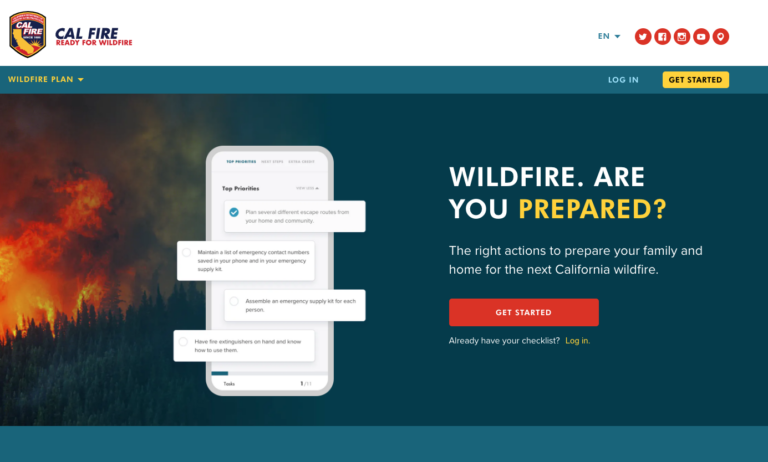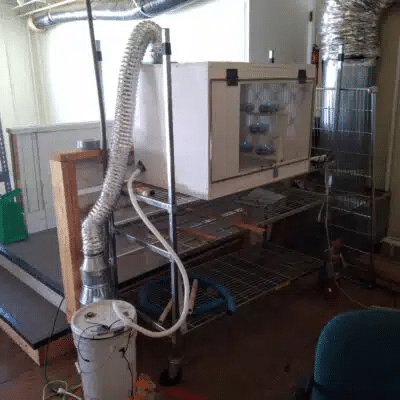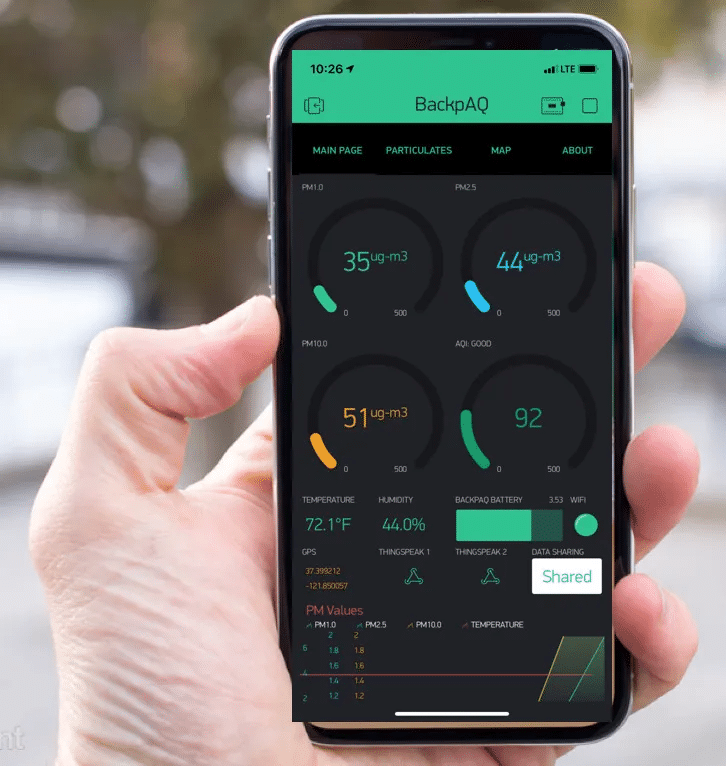Breathing Easier: Improving Your Indoor Air Quality
El Niño is starting to make its presence felt this winter. With the inevitable rainstorms El Niño brings, we’ll definitely be living a lot more indoors, where the average American already spends over 90% of their time. The concentration of some air pollutants is 2 to 5 times higher indoors than outdoors. But indoor air quality is rarely regulated; it certainly doesn’t get as much attention as our general public health, our outdoor air quality, or our drinking water. This article will consider what you can do to improve air quality in your home, and what authorities can do to improve air quality in our offices, schools, and public buildings.
AQI and Pollutants
In 1968, the National Air Pollution Control Administration (at the time, a research body with no regulatory powers) first measured the Air Quality Index in various US Metropolitan Statistical Areas. The AQI measures levels of six air metrics: carbon monoxide (CO), lead (Pb), nitrogen oxides (NOX), ground-level ozone (O3), and sulfur oxides (SOX).
Outdoor air pollutants can be measured on various scales: ppm (parts per million), ppb (parts per billion), or µg/m3 (micrograms per cubic meter). You may see ppm used on sites like PurpleAir, for example, to measure particle pollution. A level of 0 to 50 ppm of particles under 2.5 microns (PM2.5) is considered good: there is little to no danger when people are exposed to this air for 24 hours.
What kinds of pollutants can be found in indoor air?
Methane, a.k.a. natural gas (typically from gas stoves, furnaces, and/or water heaters).
Chemicals from cleaning products. These can include terpenes (found in pine and citrus oils and scents) and formaldehyde (a carcinogen that’s generally a by-product).
Volatile organic compounds (VOCs). These can be associated with combustion of fossil fuels, biofuels, and biomass; they also can be solvents; paints; compressed aerosols (which often contain butane or propane). VOCs are regulated in water, but not non-industrial indoor air.
Particle Pollution is a term for a mixture of solid and liquid matter, some of which is too small to be seen with the naked eye. It usually comes from outdoor air, but can also include particles from cigarette smoke if your household includes a smoker. Particle pollution is often divided into two categories: PM10, which consists of particles smaller than 10 microns, and PM2.5, consisting of particles smaller than 2.5 microns.
Mold. Under 500 spores per cubic meter of air is considered normal. Molds are types of fungi that can produce toxins (called mycotoxins) and allergens that affect sensitive people.
Carbon dioxide. This is a common ventilation metric for indoor air quality. Under 800 ppm of CO2 can indicate a well-ventilated space.
The COVID virus (SARS-CoV-2), seasonal flu viruses, RSV, other infectious diseases, both viral and bacterial.
Pollution from outdoor air.
Radon, a radioactive gas that can occur naturally from the radioactive decay of uranium, thorium, and radium. Once the radioactive mineral has decayed to radon gas, it can seep into the lower levels of your home from the surrounding rocks and soil.
Off-gasses from building materials and furnishings. Furniture is often sold with flame retardant, stain resistant, or water repellent chemicals that can be hazardous when airborne.
New CDC Guidelines
The federal Centers for Disease Control and Prevention released voluntary new guidelines in May 2023 stipulating that air in buildings should be exchanged at least 5 times an hour and filtered with MERV-13 filters. (MERV stands for Minimum Efficiency Reporting Values. A MERV-13 filter is a high-efficiency filter used in home settings that eliminates particulate matter larger than 0.3 microns.)
How can I improve air quality in my home?
Sadly, the typical home averages just half of one full exchange per hour, while the CDC recommendation of 5 complete air exchanges per hour,. What can you do?
Stop burning methane (natural gas) in your home by taking steps towards switching to a heat pump furnace, heat pump water heater, and induction stove.
If you have an HVAC system, install MERV-13 rated filters and change them on a regular schedule.
If you don’t have an HVAC system, use commercially available portable air cleaners or build your own Corsi-Rosenthal Box, which is a DIY air purifier consisting of a box fan and four or five air filters. Although measurements of Corsi-Rosenthal Boxes show that they remove 85% of infectious Covid from the air compared to over 99% by commercial air purifiers, the CR boxes still perform much better than no purifier at a much reduced cost.
If your house has an evaporative cooler (a.k.a. swamp cooler) or a whole-house fan system, run it to help achieve as high an air exchange rate as you can.
Run an air purifier continuously in rooms where people gather.
Change your furnace filters on schedule.
Consider buying a device to detect your air’s carbon dioxide level. Carbon dioxide (CO2) detectors are distinct from carbon monoxide (CO) detectors.
Do what you can to improve ventilation. For instance, open windows and doors to bring in outdoor air.
Consider disinfecting your air with ultraviolet light. UV sanitizing units span a wide price range, from about $60 to several hundred dollars. Some are a feature of commercially sold air purifiers; others are professionally installed within air conditioning ducts to sterilize your air of microorganisms.
How can we improve air quality in public buildings?
As the New York Times reports, Congress allocated $122 billion to public schools in March 2021 to help retain teachers, hire tutors for students during the pandemic, and improve school facilities. Clean air advocates hoped that this would bring much-needed improvements in school air quality and classroom ventilation. Sadly, only about 34% of schools upgraded their HVAC systems, while 28% installed in-room air cleaning devices, and 8% installed UV lights for air sanitization.
In a 60 Minutes report, CBS News examined how indoor air quality should have been part of authorities’ strategies for “flattening the curve” with regard to COVID.
Authors from Johns Hopkins University proposed model legislation called the Model State Indoor Air Quality Act (MSIAQA), intending that states use it as a framework on which to base indoor air quality legislation. The model law specifies that authorities measure indoor air quality with the results posted publicly. It also sets up a reporting system for bad air incidents, and it creates advisory councils to set standards appropriate for each individual state. Authorities would publish reports for each building in a manner similar to restaurant inspections.


Links: Learn More
SSV YAQA: Empowering Students in Low Income Communities to Address Air Quality Issues
Winter’s Coming: Things to Consider to Weather the Storm(s) – Sustainable Silicon Valley
US CDC announces indoor air guidance for COVID-19 after 3 years
Why Haven’t We Made It Safer to Breathe in Classrooms?
Cleaning Products & Indoor Air Quality | California Air Resources Board
Upholstered Furniture | EWG’s Healthy Living: Home Guide
How States Can Better Regulate Indoor Air Quality
Indoor air systems “absolutely key” in curbing spread of viruses | 60 Minutes – CBS News
How to Understand Indoor Air Quality | Ask This Old House
How To Improve Indoor Air Quality
